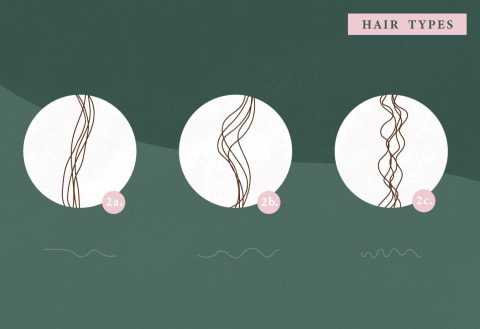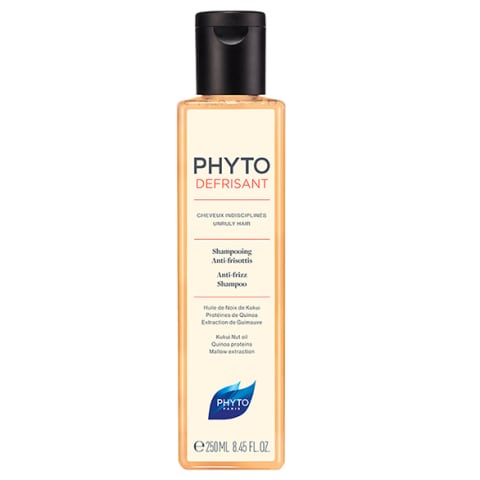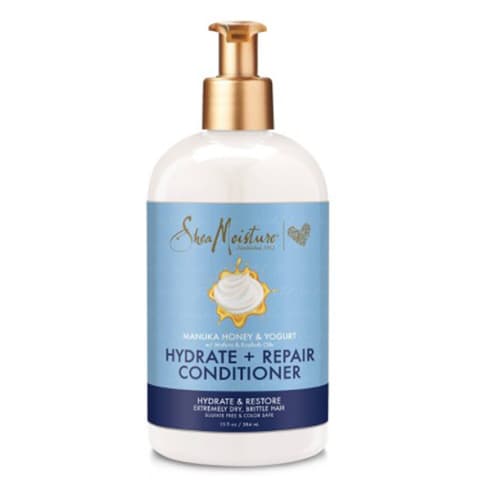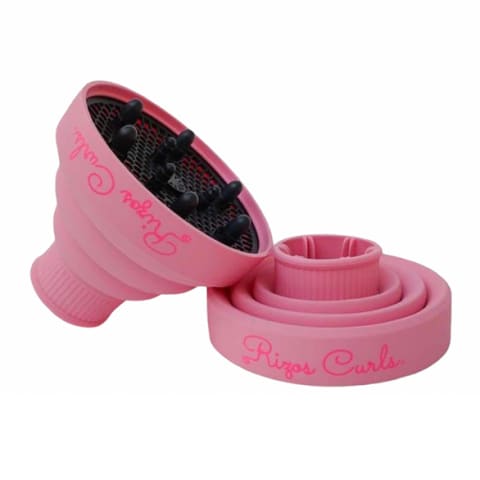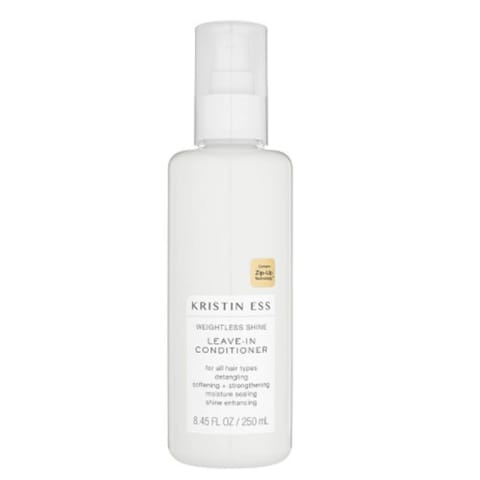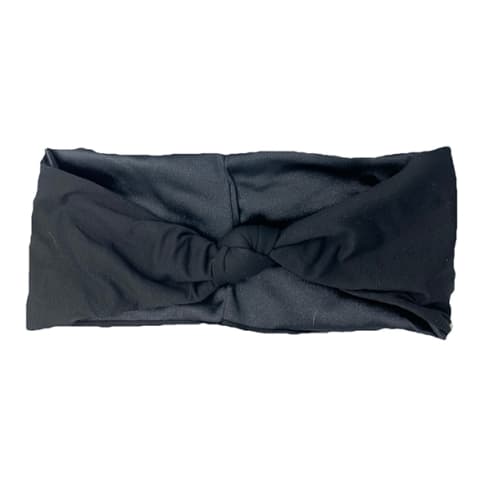And if you’re a 2B head, you know that you’ve got more texture than your looser-waved 2A sisters on the left but not as much as the 2Cs on the right. Knowing how to care for your hair is essential—and not just because you want to look presentable when you leave the house every day. But because when you figure out what works (and what doesn’t), as well as factors like wash frequency and porosity, giving your tresses the TLC they deserve becomes significantly easier. Andre Walker is probably best known for his hair-typing system that expanded texture classification to include coily hair. But beyond that, he also broke down the more textured types into additional subcategories. So, while Type 1 hair solely refers to straight tresses and isn’t further broken down, Type 2, Type 3, and Type 4 refer to wavy, curly, and coily hair respectively. And each type is then classified into an additional three subtypes: A, B, and C. If hair typing is entirely unfamiliar to you, Type 2 hair is for wavy textures with 2A being the loosest waves and 2C looking like oversize corkscrew curls. But in between those two is the 2B hair type. 2B hair, much like hair types higher on the Andre Walker scale, can be deceptive because your defined wave pattern means that you can technically lose length in the pattern. This means that when wet, your hair may look longer than when it’s fully dried. Kelly Harrison, the brand manager of BIOTOP Professional, notes that while 2B hair is “thick, full, and beautiful…if you don’t know how to manage this hair type, your curls can look wild and unruly.” Because of your visible texture, you may find that dryness is a constant battle. Just like the true curlies and coilies in Types 3 and 4, natural oils that your scalp produces can struggle to fully travel down your hair’s shaft. As a result, dry ends are a common complaint. And if you don’t figure out the proper moisture balance, you might find that you experience more intense tangling, frizziness, and even split ends. As if that’s not enough, Type 2 hair can be fine, meaning that obvious go-to’s like coconut oil or shea butter, which are fantastic for Type 3 and 4 heads, could leave you with oily locks that look greasy. Instead, you’ll need to look for lighter formulations that help to quench thirsty hair without weighing it down. Other factors such as porosity and hair density will also determine what products and styling tools should be in your routine—as well as which techniques will or won’t work for you. And of course, don’t forget that your natural body chemistry will also affect whether or not a product works for you. Plus, let’s face it—some items may not be user-friendly or may have a texture or scent that is off-putting. So, keeping an open mind and being willing to engage in a bit of trial and error can help you figure out what works best for you so that you can create a routine that yields the desired results every time. While we can’t guarantee that these tips will help you avoid becoming a product junkie, they can at least point you in the right direction: See also: The longer your hair, the more product you might need to use as well. And when performing a mental cost-benefit analysis in the hair care aisle, you may find that some products won’t be a good investment because of this issue. By using microfiber or a cotton tee, and simply dropping your tresses into the fabric and making a turban (as opposed to roughly trying to dry your strands by rubbing them with a terry cloth towel), you’re not encouraging frizz. While you can completely dry it this way, you can also take it down when your hair is slightly damp. Run your preferred styling products through it, and scrunch your ends in your fingers to reinforce your wave. A blow dryer on low with a diffuser attachment is optional if you simply can’t stand the idea of leaving the house with your hair slightly damp. There are three porosity levels: high, medium, and low. High porosity hair refers to strands where the hair shaft has cuticles that don’t close. So, moisture can pass in and out too easily, leading to dryness. Medium porosity hair is referred to as normal. This means that your hair’s cuticles are regularly aligned and can hold on to the right amount of moisture. And finally, those with low porosity hair have strands that also struggle to hold on to moisture because the cuticles are too tightly aligned to allow moisture to penetrate the hair shaft. Unless you’re already familiar with porosity, you probably don’t know which category you fit. Take this quick porosity test to check by using a strand of hair and a cup of water. You’ll also prioritize heat-free and tool-free styling and instead, leverage finger detangling and wash ’n’ go’s to bring out your hair’s texture and let it thrive. While the Curly Girl Method isn’t always effective or realistic for everyone, if you’re just starting to create a hair care routine, it’s worth giving it a shot for your 2B hair. To be clear, there are also modified Curly Girl Method routines where people do use traditional shampoo sparingly or rely on cold-air-only blow-drying with a diffuser attachment. Phyto Phytodefrisant Anti-Frizz Shampoo ($20); amazon.com Shea Moisture Manuka Honey & Yogurt Hydrate + Repair Conditioner ($11.99); ulta.com Rizos Curls Pink Collapsible Diffuser ($19.99): ulta.com Kristin Ess Weightless Shine Leave-in Conditioner Spray ($11.99); target.com You Go Natural (from $15); yougonatural.com


